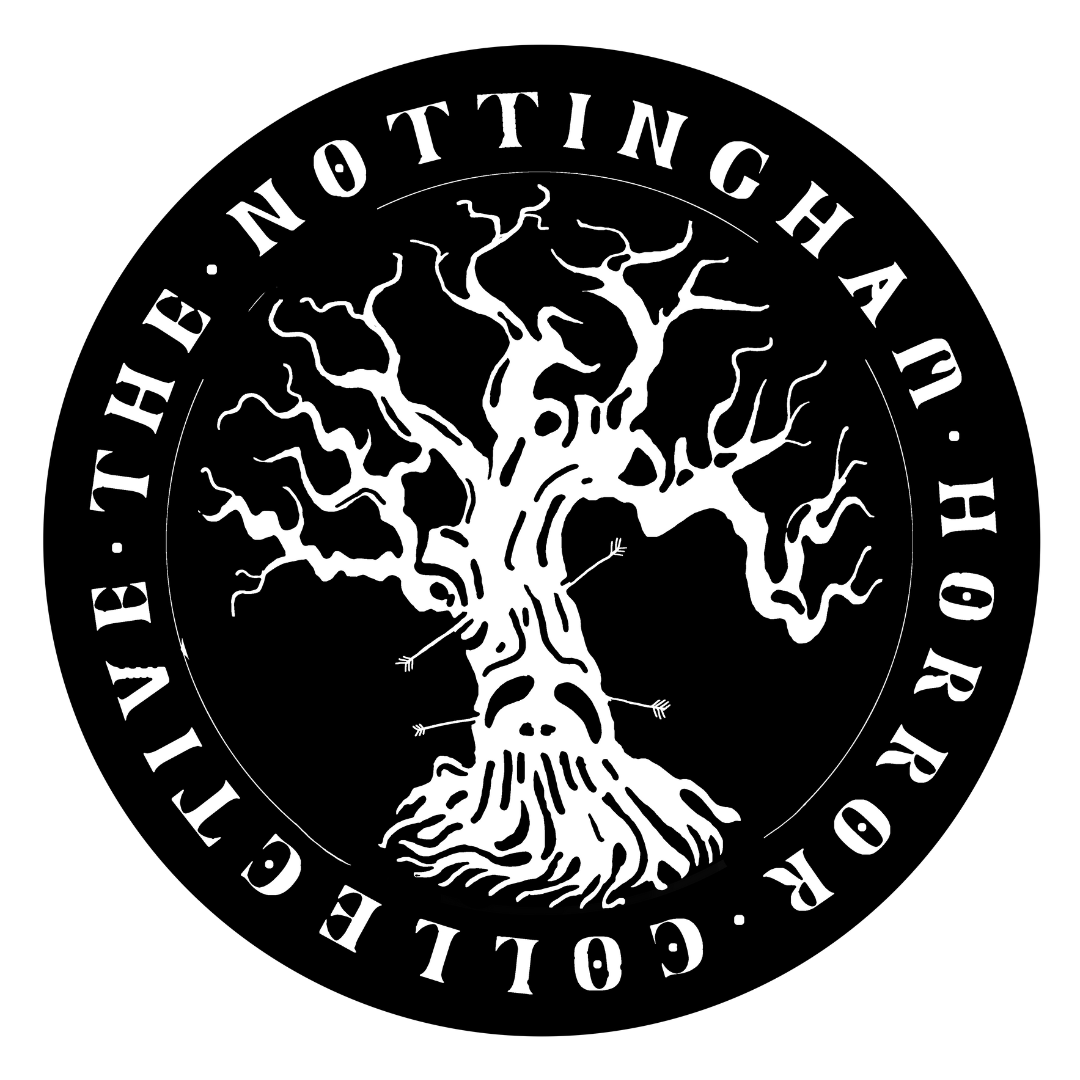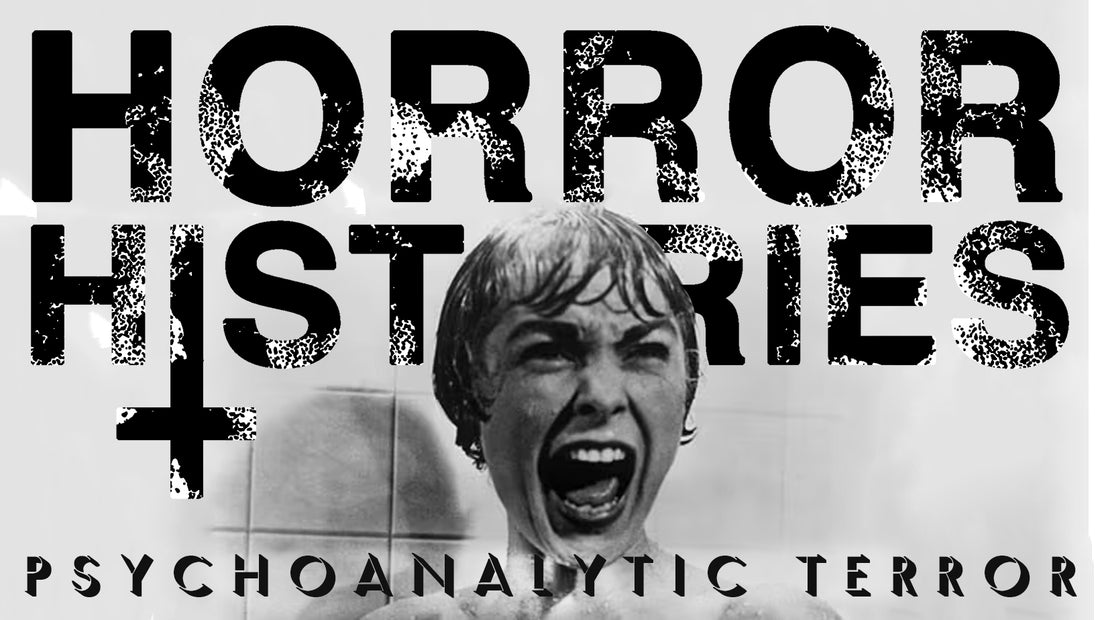Spoilers ahead!
From German Expressionism's eerie silhouettes in the 1920s to Universal Studios' classic monsters in the 1930s and 40s, horror has continually morphed, reflecting society's deepest fears and anxieties. Yet, as the genre transitioned into the latter half of the 20th century, the emergence of psychoanalytic terror brought about a paradigm shift. And Alfred Hitchcock’s Psycho (1960) stands as the epitome of this evolution.

Hitchcock: The Master of Suspense
Hitchcock, often dubbed "The Master of Suspense", tapped into the collective subconscious of his audience. He was a maestro of mise-en-scène, with every frame, shadow, and sound meticulously crafted to evoke specific emotions. But it wasn't just technical prowess that set Hitchcock apart; it was his profound understanding of human psychology.
Psycho's genius lies in how it broke conventional narrative structures of the time, most notably with the unexpected death of the protagonist, Marion Crane, in the film's first act. Hitchcock unmoors the audience, leaving them adrift in a sea of uncertainty. The infamous shower scene, with its rapid cuts and the screeching strings of Bernard Herrmann’s score, remains one of the most iconic in film history — not for its gore, but for its psychological impact on the audience.
Pushing Boundaries: Hitchcock's Controversies
While Hitchcock is known for his cinematic masterpieces, it's important to be aware of his brutish on-set behaviors. His dedication to genuine emotion on screen sometimes came at the cost of his actors' comfort. He was known for tightly controlling his actors, pushing their emotional limits. And during the famous shower scene, he didn't fully inform Janet Leigh about the scene's intensity, catching her off-guard to get that raw fear from her.
He also apparently had a bit of a possessive obsession with blonde actresses, especially Tippi Hedren from The Birds, with whom he used real birds for an attack scene without prior notice, risking her safety. Hitchcock's vindictiveness, morbid pranks, and penchant for using fear to extract performances, while contributing to his films' suspense, often blurred ethical boundaries and took a real psychological toll on his actors.

The Real Life Inspiration
Central to Psycho's narrative is the character of Norman Bates, whose fractured psyche serves as the film's driving force. Herein lies the core of psychoanalytic terror: it is not the external world that is to be feared, but the internal. The monsters are not in the shadows but within the human mind. Norman's duality, his oscillation between a docile innkeeper and his domineering, murderous "mother," touches on Freudian theories of suppressed desires, the Oedipus complex, and the battle between the id, ego, and superego.
Yet, the fiction of Norman Bates finds chilling parallels in reality. Ed Gein, the real-life inspiration for Bates, was a murderer and body snatcher from Wisconsin. His transgressions, including the creation of trophies and keepsakes from the bones and skin of corpses, were discovered in the late 1950s.
Much like Bates, Gein had an unnaturally close relationship with his domineering mother, a relationship that many believe was a significant factor in his descent into madness. Hitchcock, ever the astute observer of society, recognised the inherent horror in the Gein case and reimagined it to craft a deeply introspective thriller.

By now, we know all too well that the history of horror cinema is a reflection of society's evolving fears. And while early horror was preoccupied with external threats like vampires, zombies, werewolves, and aliens, Psycho heralded a new era where the monster was the human mind.
Hitchcock's talent was in materialising these internal terrors, crafting narratives that profoundly disturbed viewers. Through Psycho and the haunting narrative of Norman Bates, we're poignantly reminded that the most profound terrors aren't those lurking in external shadows, but those festering within.

